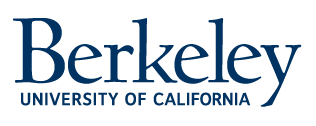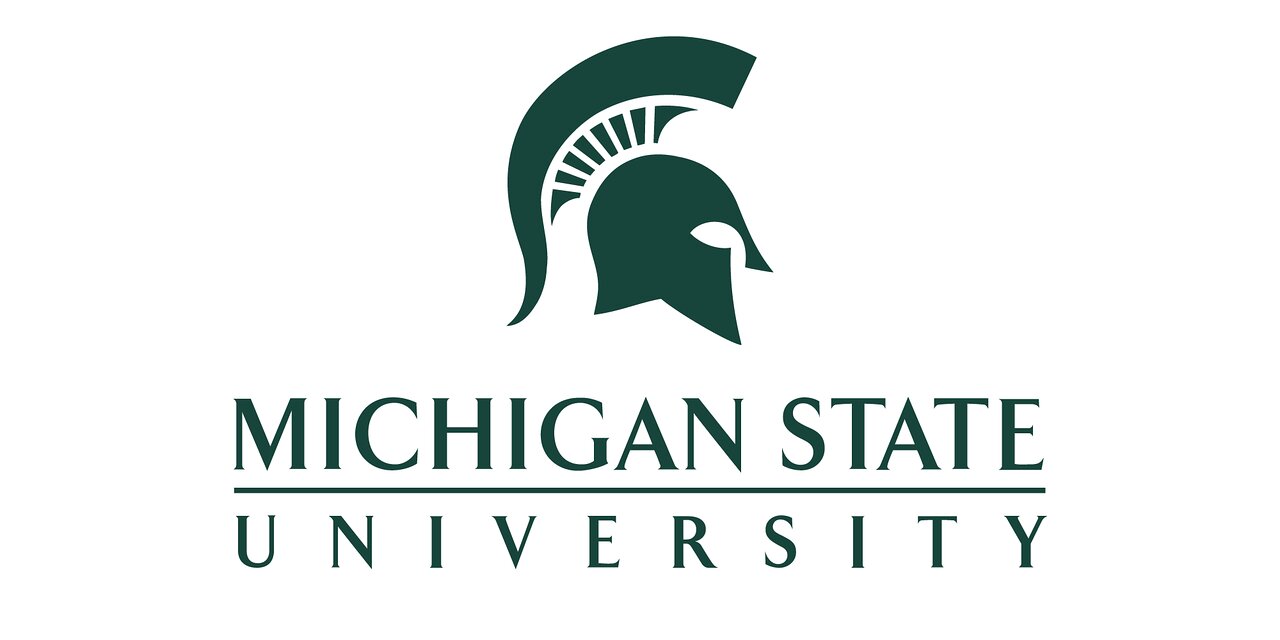Advanced Nuclear Reactions and Applications in Astrophysics is a two week intensive course, introducing the main astrophysical processes for elemental production in the universe. This course is designed to give students, with a background in nuclear physics, an introduction on how nuclear data is used in astrophysics. The underlying principles for the theoretical models for calculating nuclear parameters were covered. In particular, students will learn about the connection between nuclear parameters and their use in astrophysical calculations. This will allow students to gain an understanding of the models and parameters that go into the state-of-the-art nuclear reaction code TALYS. TALYS is a popular tool for numerically analyzing nuclear reactions.
About the course
The course is arranged as a school from 13th of November to the 24th of November 2023 at the WITS rural facility, Kruger Park, South Africa. Students from the USA, South Africa and Norway will participate in this school.
As a two week intensive course, the first part of the day is reserved for lectures, including discussions and interaction between the students. This part emphasizes student participation and allows students to get various insights into the topics discussed.
The second half of the day is reserved for hands-on session. In these sessions the students will implement different models that are covered in the lectures. This involves the students working with the TALYS code, an open source software widely used in the nuclear field for simulating nuclear reactions. This gives the students the chance to deepen the interplay between nuclear physics and astrophysics in both a theoretical and practical sense.
This course provided an environment where questions and collaborations were encouraged.
Topics to be covered:
- How elements heavier than iron could be formed in astrophysical environments, especially the s-process, the r-process and the p-process.
- Nuclear reactions models, such as the Hauser-Feshbach formalism, relevant to nuclear astrophysics were discussed.
- The nuclear structure and nuclear reaction ingredients needed for nuclear astrophysical calculations.
- Calculations of nuclear cross-sections e.g. neutron capture cross-sections.
- An introduction to fission and fission reactions and products.
- Experimental nuclear physics methods and techniques used for measuring nuclear properties for nuclear astrophysical processes.
- Hands-on training in running the state-of-of-the-art reaction code TALYS using both experimental and theoretical level densities and gamma strength functions as inputs.
Lecturers:
- S.Siem (UiO)
- A. Görgen (UiO)
- L. Pellegri (iThemba Labs and the University of the Witwatersrand)
- S. Goriely (ULB)
- S. Hilaire (CEA)
Schedule:
The preliminary schedule for the summer school will be uploaded shortly.







